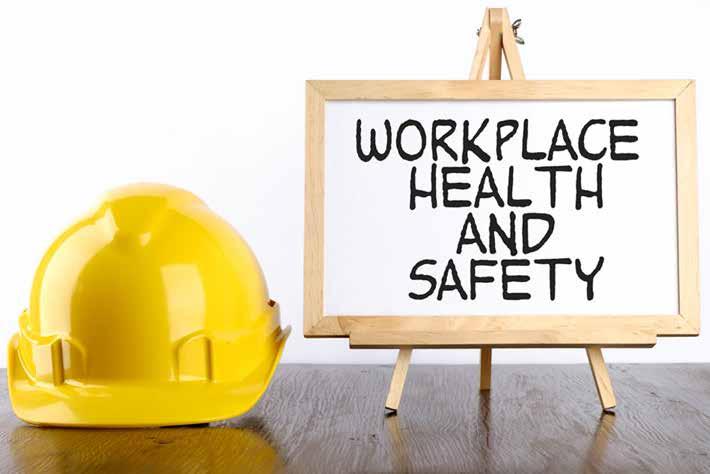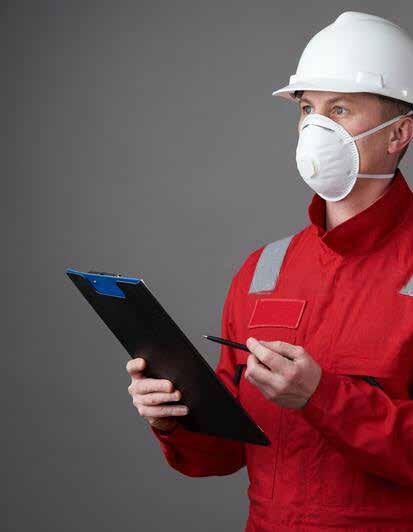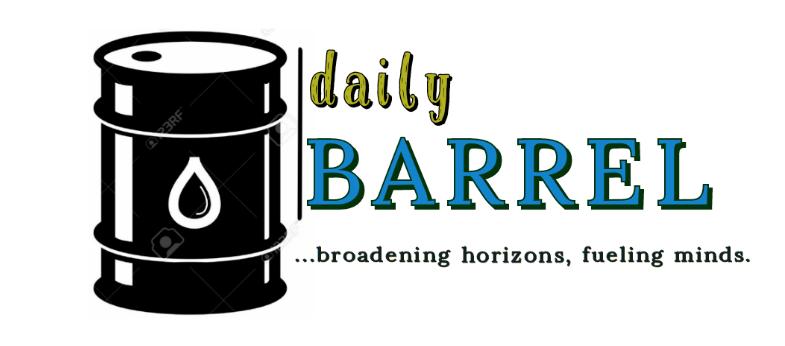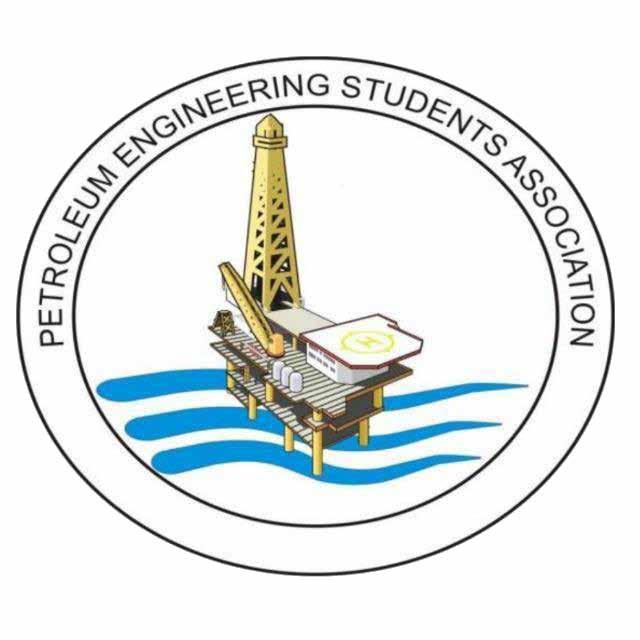
4 minute read
HEALTH AND SAFETY
The oil and gas industry is one of the most hazardous industries in the world and therefore, safety tips are a necessity to prevent the loss of lives and potential health damages. The oil and gas industry consists of three different sectors hence, different safety practices at each sector.
UPSTREAM SECTOR
Advertisement
The upstream sector includes searching for potential underground or underwater crude oil and natural gas fields, drilling exploratory wells, and subsequently drilling and bring the crude oil or raw natural gas to the surface. Safety practice at this sector includes: •Staying On Top Of Machine Maintenance When working on offshore rigs, the machines are your lifeline when you’re hundreds of miles from shore. Prevention of premature machine failure can be done by conducting regular maintenance checks of machinery. The importance of regular maintenance checks have to be communicated to workers. •Collaborate With The Local Emergency Response Community Develop a relationship with local emergency response organizations and establish a consistent flow of communication to provide a higher level of overall safety. Emergency responders, rig hands, and exploration company safety and health professionals must work together to utilize their resources to be ready to handle emergencies swiftly and successfully. Discuss specific health and safety hazards that exist at the drilling location and determine how to best assist each other in these emergencies. If possible, take emergency responders on a tour of the drilling site or rig to give them a clearer idea of how to approach potential emergencies. •Ensure Familiarity With Worksites Before work begins, ensure everyone who will be conducting work understands their role, hazards that exist, and all safety precautions. Require procedures and hazards to be fully communicated to new workers in the event of shift handovers and work site changes. •Consistent Housekeeping Reduce the chances of fatal accidents by keeping floors, pathways, and all work areas clear of unnecessary items to prevent trips and falls and struck-by hazards. Implement clear signage that directs workers to emergency and safety equipment to quickly combat hazards. E.g.: equip all problem areas with spill kits in the event a chemical or oil spill occurs. •Provide Clear Visual Communication Strive to eliminate miscommunication and confusion with legible and reliable signs and labels to convey dangers and safety instructions. Create custom signs to communicate procedures specific to certain work crews and work sites. Replace worn out, illegible, and outdated signage as soon as possible. Check for faded floor marking that is in need of re-application. •Reassess Safety Signage When Projects Shift When worksites, projects, and crews change, take the time to assess that signs and labels are in the correct areas and communicate present hazards and procedures before the next project begins; this will ensure dangers and details about specific locations will be known when new workers come in.
MIDSTREAM SECTOR
The midstream sector involves the transportation (by pipeline, rail, barge, oil tanker or truck), storage, and wholesale marketing of crude or refined petroleum products. Pipelines and other transport systems can be used to move crude oil from production sites to refineries and deliver the various refined products to downstream distributors. Natural gas pipeline networks aggregate gas from natural gas purification plants and deliver it to downstream customers, such as local utilities. The midstream operations are often taken to include some elements of the upstream and downstream sectors. For example, the midstream sector may include natural gas processing plants that purify the raw natural gas as well
as removing and producing elemental sulphur and natural gas liquids (NGL) as finished endproducts. Safety practice at this sector include: •Ensuring proper hazard classification and manifesting of flammable liquids that are being shipped or transported. •Developing written procedures for safe unloading and handling practices of all potentially flammable waste liquids, designed to minimize vapor formation and prevent static discharges that could ignite vapors. •Provision of adequate training for all personnel. •Developing emergency procedures, particularly when diesel engines overspeed due to the presence of highly flammable vapors. •Use required PPE, air monitoring devices, and heed all alarms •Evacuate unsafe work area and report hazards immediately

DOWNSTREAM SECTOR
The downstream sector is the refining of petroleum crude oil and the processing and purifying of raw natural gas, as well as the marketing and distribution of products derived from crude oil and natural gas. The downstream sector reaches consumers through products such as gasoline or petrol, kerosene, jet fuel, diesel oil, heating oil, fuel oils, lubricants, waxes, asphalt, natural gas, and liquefied petroleum gas(LPG) as well as hundreds of petrochemicals. Safety practices in this sector includes: •Wearing of hearing protection and safety glasses in all operating areas or as posted. •Fit testing of respiratory protection or equipment. •Clothing must not be of a flammable type such as nylon, Dacron, acrylic, or blends. Fireresistant types include cotton, Nomex, and Proban. Shirts must be long-sleeved and worn with full-length pants or coveralls •Providing early warning systems, such as pressure monitoring of gas and liquid conveyance systems, in addition to smoke and heat detection for fires. •Evaluation of potential for vapor accumulation in storage tanks and implementation of prevention and control techniques (e.g., nitrogen blanketing for sulfuric acid and bitumen storage). •Avoiding potential sources of ignition (e.g., by configuring the layout of piping to avoid spills over high-temperature piping, equipment, and/ or rotating machines). • Providing passive fire protection measures within the modelled fire zone that are capable of withstanding the fire temperature for a time sufficient to allow the operator to implement the appropriate fire mitigation strategy.





